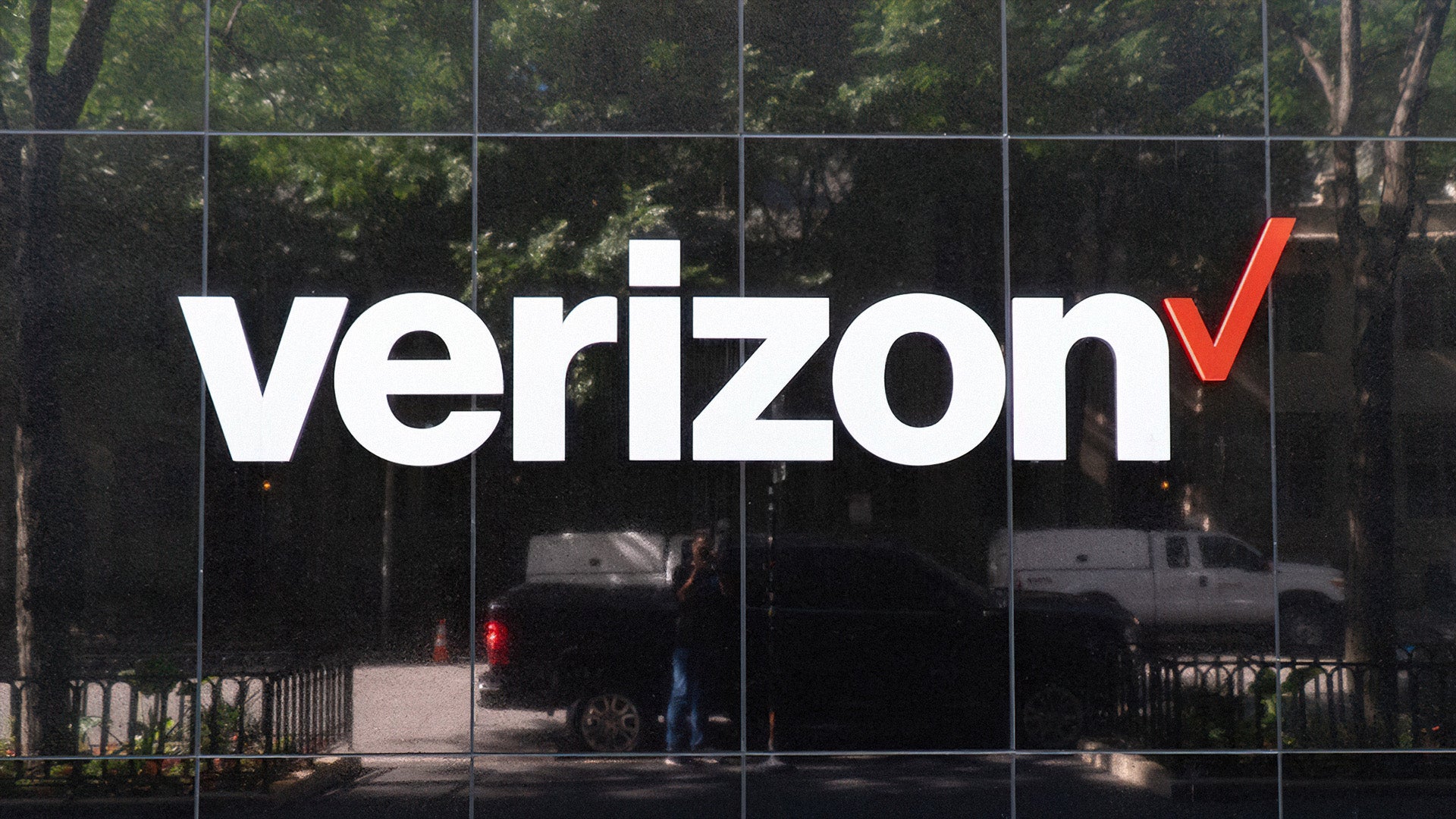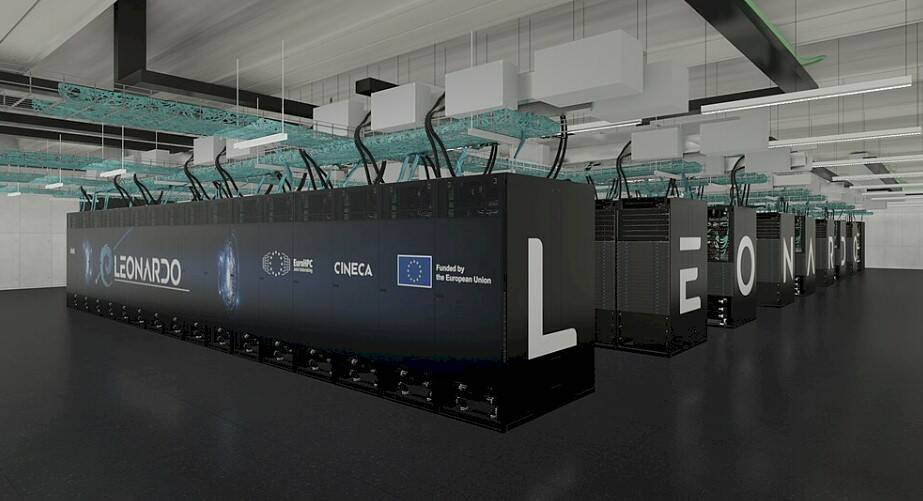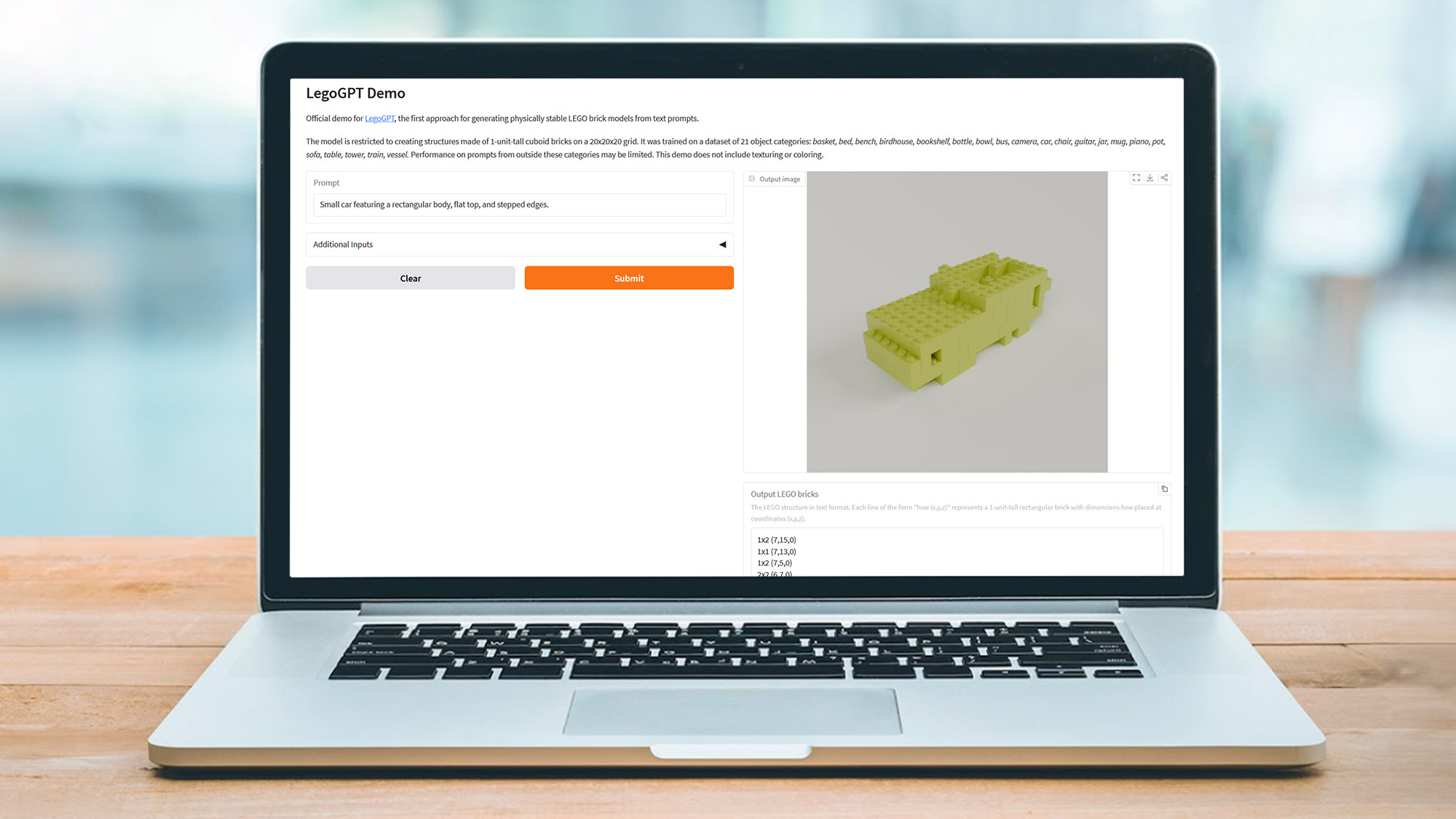Avoiding Common AWS Cost Pitfalls: What You Need to Know

If you're running a startup today, chances are AWS is powering at least part of your infrastructure. It’s the default cloud for good reason, scalable, robust, pay-as-you-go, and deeply integrated with the modern tech stack.
But here's what many early-stage companies don’t realize: AWS is also one of the fastest ways to accidentally waste thousands of dollars a month.
Not because AWS is bad but because most startups unknowingly fall into cost traps that are baked into the very design of cloud infrastructure.
In fact, AWS's complexity often works against fast-moving teams. What starts as a $20/month sandbox can balloon into $2000 in just a few weeks, all without scaling your user base.
This post isn’t about blaming AWS.
It’s about understanding the common pitfalls and more importantly, knowing how to avoid them before they eat into your burn rate.
The myth of pay-as-you-go
One of the biggest misconceptions about AWS is that you're only paying for what you use. Technically true but practically misleading.
You’re billed not just for what’s running, but also for what’s allocated.
That idle EC2 instance you forgot about? Still charging you.
That EBS volume attached to a terminated server? Also charging you.
Even dormant RDS instances quietly rack up storage, backup, and network fees.
Startups get hit hardest because they move fast. A hackathon turns into a prototype, turns into a staging environment and no one cleans it up.
Multiply that by a few months, and you’re suddenly wondering why your cloud bill rivals your team’s payroll.
Over-provisioning: The silent budget killer
Another classic mistake: provisioning way more power than you need "just in case."
You want to avoid downtime, so you choose a larger instance size. Or you replicate environments for QA, staging, and load testing without checking if they’re actually needed all the time.
This leads to underutilized resources: 8-core machines running apps that barely spike to 5% CPU, or database servers that are idle 20 hours a day.
These aren’t just inefficient, they’re expensive.
Tools like AWS Compute Optimizer can help flag these mismatches.
But for startups that want less guesswork, AI-powered platforms like Kuberns automatically right-size your infrastructure and deliver the same AWS performance at up to 60% lower cost without requiring a full-time DevOps team.
Data transfer costs: The hidden drain
AWS pricing pages don’t talk much about it, but data transfer is one of the sneakiest sources of budget overrun.
Serving large files, streaming data, or syncing between regions? That’s money flying out the window, especially if you're scaling.
What’s worse: data egress charges (sending data out of AWS) can spike as your user base grows. Many startups don’t even monitor this line item until it's too late.
The fix?
Design architectures that minimize inter-region and cross-AZ traffic. Or move to platforms like Kuberns that handle deployment within cost-optimized architectures by default, reducing transfer overhead.
Forgetting to clean up resources
Test environments. Dead containers. Orphaned load balancers. Zombie resources are everywhere in fast-paced teams.
If you’re deploying via CLI or manual dashboard clicks, this is nearly impossible to manage at scale. And AWS won’t remind you. Their meter just keeps running.
You need two things:
- Automated clean-up routines (like Lambda scripts or Terraform destroy policies)
- Or better yet, a deployment layer that does this for you. something like Kuberns, which tracks your resources and automatically flags waste.
The idea isn’t just about saving money, it’s about reclaiming mental space. When your infrastructure is tidy, your ops team spends less time firefighting and more time building.
Ignoring the long-term pricing models
AWS rewards commitment but only if you know how to take advantage of it.
Reserved Instances and Savings Plans can save you 30–70% but many startups are too busy to predict workloads or worry about lock-ins. So they stay on on-demand pricing, which is the most expensive tier.
Here’s the irony: platforms like Kuberns handle these decisions in the background.
They optimize instance types, manage reserved capacity, and abstract away the pricing headaches.
You don’t need to know whether to choose t3.medium or c6g.large, Kuberns figures it out for you and delivers AWS infrastructure at 60% of the typical cost.
The real cost of not knowing
The scariest AWS pitfall isn’t technical, it’s psychological.
It’s believing that cloud overspend is inevitable. That cost optimization is something “we’ll deal with after we scale.”
But the truth is: if you don’t start now, it only gets worse.
Costs rise linearly. Waste compounds. And by the time you raise your Series A, investors will ask why your cloud bill is growing faster than your revenue.
Building lean isn't just smart, it’s a competitive advantage. The startups that survive are the ones that build for scale without bleeding cash at every layer of their stack.
A smarter way forward
AWS is powerful but it’s not perfect for startups out of the box. It’s complex, it’s layered, and it’s easy to overspend if you don’t have the right systems in place.
That’s why more founders are turning to smart deployment platforms like Kuberns, which lets you keep all the flexibility of AWS, but without the bloat.
You get the infrastructure. You get the control. But you pay up to 60% less without rewriting your code or changing your stack.
In a time where every dollar counts, that’s not just cost-saving, it’s strategy.




































































































































































![[The AI Show Episode 147]: OpenAI Abandons For-Profit Plan, AI College Cheating Epidemic, Apple Says AI Will Replace Search Engines & HubSpot’s AI-First Scorecard](https://www.marketingaiinstitute.com/hubfs/ep%20147%20cover.png)

















































































































































































.jpeg?width=1920&height=1920&fit=bounds&quality=70&format=jpg&auto=webp#)






































































































































































































![Apple Working on Brain-Controlled iPhone With Synchron [Report]](https://www.iclarified.com/images/news/97312/97312/97312-640.jpg)
































































































